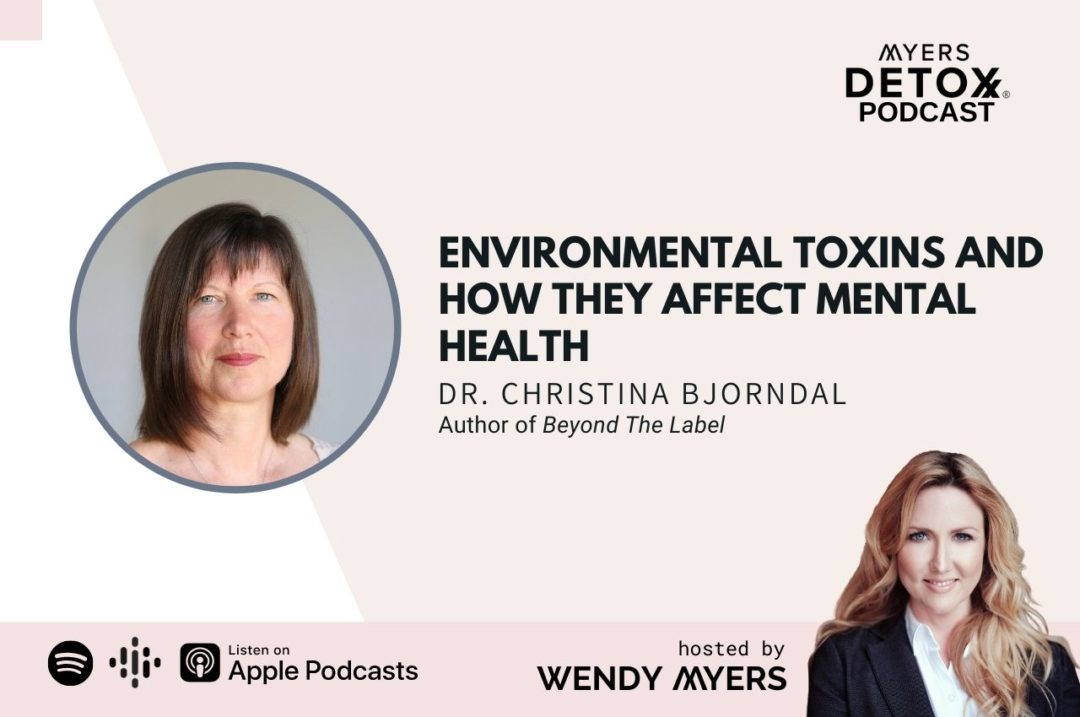
At a time like this, mental health matters more than ever. We need to take care of ourselves, our bodies and our minds. Mental healthcare is one of the biggest unmet needs of our time, and is something most people tend to ignore.
This is why it’s important to acknowledge the effects of environmental toxins on our mental health.
In this latest Myers Detox Podcast with Wendy Myers, our very own Dr. Christina Bjorndal, ND talks to us about the many toxins that contribute to declining mental health. She believes that the increasing rates of suicides, depression, anxiety and other mental health disorders is largely due to toxins in our environment. You can listen to the podcast here.
The following is a transcript of the podcast where Dr. Chris, ND addresses…
- Anxiety and depression are not usually a deficiency in a neurotransmitter. What else leads to imbalances?
- How neurotransmitter receptors can be inhibited by toxins.
- Why Dr. Bjorndal, ND believes that the increasing suicides, depression, anxiety and other mental health disorders is largely due to toxins in our environment.
- The specific toxins that dramatically impact your mood and mental health.
- The role of trauma in mood swings and mental health.
- Solution: The 5 pillars of addressing environmental toxins.
The Myers Detox Podcast with Dr. Christina Bjorndal, ND
Wendy Myers: Hello everyone. I’m Wendy Myers of myersdetox.com. Thank you so much for joining me today for The Myers Detox Podcast. On this show, we have all types of guests talking about toxins and their role in various health issues. We also discuss how to detox these toxins, as well. Today we have Dr. Christina Bjorndal, ND on the show. She’s going to be talking about environmental toxins and the role they play in contributing to mental health issues like anxiety, depression and eating disorders. It’s a really, really interesting conversation. We talk about the role of nutrition. We talk about the role of all the various toxins that will wreak havoc in reducing neurotransmitter production, like serotonin. They interfere with the receptors that help to make neuro-transmitters. We discuss your organs and if those aren’t working properly, you’re going to have some anxiety and depression.
Wendy Myers: We’ll also talk about the role of trauma. That’s a toxin that plays a role in anxiety and depression. We’ll talk about your hormones, thyroid hormones, sex hormones and how those are interfered with by toxins. That can have a role in your mental health. We’ll discuss everything under the sun, looking at these different underlying root causes that aren’t going to typically be addressed by your conventional medical doctor. They’re going to just write you a prescription. We talk about why that isn’t always the answer and why those aren’t working for some people. It’s a really, really interesting show.
Wendy Myers: I know you guys who are listening are concerned about toxins. You’re wondering what is in your body and what do you need to detox? I created a quiz called the heavymetalsquiz.com, just go to heavymetalsquiz.com and take the two-minute quiz. I’ve asked you a number of lifestyle questions to determine your relative level of toxicity, in your body. Then I give you a free video series that answers a lot of people’s frequently asked questions, like where do I get started with detox? What type of testing is best? What kind of supplements work for detoxification? Where should I start?
Wendy Myers: There’s a whole free video series for you after you take that quiz at heavymetalsquiz.com. Our guest today, Dr. Christina Bjorndal, ND is a naturopathic doctor. She’s considered an authority in the treatment of mental illnesses such as depression, anxiety, bipolar disorders and eating disorders. She uses a physical, mental, emotional and spiritual approach. Having overcome many mental health challenges. Dr. Chris, ND is a gifted speaker and writer. She has shared her wellness philosophy with audiences, from platforms such as the Jenny McCarthy Show, The International Bipolar Foundation and many health summits and docu-series.
Wendy Myers: She is recognized as a top naturopathic doctor to follow, by two independent organizations. Her book Beyond The Label is a comprehensive guide to naturopathic mental health. You can learn more about her work at drchristinabjorndal.com. Dr. Chris, ND thank you so much for coming on the show.
Dr. Christina Bjorndal, ND: Thanks so much for having me.
Wendy Myers: Why don’t you tell us a little bit about your journey in regaining your mental health? What did you learn in that process and how did toxins play a role as well?
Dr. Christina Bjorndal, ND: Sure, I’m a naturopathic doctor. It was really through my own journey of regaining my mental health that I have become a naturopathic doctor. My struggles began in junior high when I developed an eating disorder. A key point I want to make was that in the year prior to developing the eating disorder, I was treated with antibiotics to address acne. There’s a lot of research now that shows a relationship between the gut microbiome and the brain, and that there is this bi-directional relationship. This is important because it really highlights taking a patient’s case, and in naturopathic medicine we really want to address what the root cause is. Often, disruption in the microbiome as well as the subsequent exposure to toxins, which I’ll talk about, can play a role in one’s mental health.
Dr. Christina Bjorndal, ND: Starting with the eating disorder, which was bulimia. I then went on to university. I was doing fine. I was an overachiever type. I found myself in a place I’d never been before in my third year, which was depressed and really anxious. I was prescribed some more medication. I was taking a tricyclic antidepressant at that time. Then about three months later, I spun out of control into a delusional, psychotic manic episode. I was then given a new diagnosis to deal with, which was called bipolar disorder, type one.
Dr. Christina Bjorndal, ND: What I did with that was, I pretty much didn’t want to look at it. I didn’t want anybody to know that I had been given this diagnosis. I felt a lot of stigma and a lot of shame around it. I carried forward in the world and just continued wearing this mask of I’m okay on the outside, but I’m actually not doing that great on the inside. I spent most of my time battling depression and anxiety. I had a suicide attempt that left me in a coma with kidney failure and I was on dialysis. I was told I would need a kidney transplant.
Dr. Christina Bjorndal, ND: I can tell you that when I came out of that coma, I certainly wasn’t a happy camper. I wasn’t happy that this attempt did not work. It also caused me to realize that I needed to figure out another way. The path that I was on with pharmaceutical medication was not leading me anywhere where I was actually getting better. I was really at war with myself most of the time. I was really hating who I was. I was given a book to read by Marianne Williamson. In this book, there’s a quote on surrender which goes along these lines. Surrender is not about breaking out of anything. It’s a gentle melting into who we really are. We let down our armor and we discover that all God needs is just one sincere surrendered moment, where love matters more than anything and nothing else really matters at all.
Dr. Christina Bjorndal, ND: For me, the two key words in that were surrender and love. I mean, I didn’t love and accept myself. I figured that that was a really important step in my healing. That’s basically the journey I’ve been on for the last 30 years. Figuring out how to love and accept myself. A key part of that process is learning what foods to eat and learning how to treat my body with the respect that it actually deserves. Learning to view this vehicle that I’ve been given as the most important vehicle. One that I should be investing in.
Dr. Christina Bjorndal, ND: I eventually made it and I got better. I started seeing a naturopathic doctor. I started seeing a functional nutritionally-oriented psychiatrist and I got better. At that time, it was really hard to find help. This was in the 1990s and it wasn’t as popular as it is today. The information wasn’t as readily accessible as it is today. I ended up making a career change. I had been in the corporate world. There were so few options for help out there and I knew that there were a lot of people suffering, so I made a career change and here I am.
Wendy Myers: I really identify with what you’re talking about because I had the same trials. I had been depressed through most of my 20s and into my 30s. I had an eating disorder that I was struggling with and perfectionism, which can go hand in hand with eating disorders. I was taking medications like Xanax and Lexapro. I tried that for like a year and a half, and was really not having a lot of success there. Then I took stimulants like diet pills and anything that gives you a boost and gives you that feeling of joy, which is what we’re all moving forward towards. We want to feel pleasure and move away from pain. Then I just realized none of that is really going to go anywhere. You have to love yourself and have proper nutrition.
Wendy Myers: I also discovered detoxification. Let’s talk a little about that because I think that many times, people are looking externally for some sort of cause of depression, anxiety or what have you. There must be something going on, like I’m reacting to this event or I’m reacting to this thing. They’re not really thinking about inside, that something maybe going haywire in their chemistry. It’s not as serotonin depletion as the pharmaceutical companies would have you believe. There’s a lot more going on. Can you explain some of those complexities as to why we may not be feeling good?
Dr. Christina Bjorndal, ND: One of the things to understand is basically picking up on what you just said about the serotonin deficiency. Most times, whenever is somebody struggling with depression and anxiety, we do what we’re told, right? We’re told that, “Oh, well, you don’t have enough of this neurotransmitter.” It’s usually serotonin, sometimes GABA, sometimes dopamine and sometimes norepinephrine. We’re going to give you a medication that’s going to increase that within you.
Dr. Christina Bjorndal, ND: One of the keys to understand is that there could be toxins, heavy metals or chemicals playing a role, when you take these pharmaceuticals and you don’t feel better. It’s not just about cranking up the dose, but the doctor will say that often, “Oh no, you have got to take more. You have got to take more.” Despite taking more, you’re still not feeling better.
Dr. Christina Bjorndal, ND: One of the things we want to understand, especially if you’re prescribed an SSRI medication, most times people are told that you’re depressed or anxious because you have a deficiency of serotonin or whatever the neurotransmitter may be. If you’re taking one of these medications and the doctor keeps increasing the dose, and you’re just not getting better, it can indicate one of two things. It can indicate that you don’t actually have a deficiency. You could actually be making the neurotransmitter with no problem, but there’s something from the environment that’s blocking the cell.
Dr. Christina Bjorndal, ND: Every cell has receptors and receptors can be blocked by endocrine disruptors, by heavy metals and by other chemicals. If what I’m saying is resonating with you, then this is where you need to speak with somebody like Wendy or myself. Someone who understands how to do a proper, integrated detoxification to help clear these chemicals from the extracellular matrix. In naturopathic medicine, we refer to it as this idea of drainage or biotherapeutic drainage.
Dr. Christina Bjorndal, ND: The other indication is it could mean that this is the wrong macro system to be addressing. It could be that you have hormones that are out of balance and those need to be supported. The third area, which is really the focus of what Wendy talks about is the organs of detoxification can also be playing a role in mental health. If you have an imbalance in phase one or phase two liver detoxification pathways, if you’re constipated which leads to something called leaky gut syndrome, if these things are going on within you then they can also be contributing to the mental health symptoms that you’re experiencing.
Dr. Christina Bjorndal, ND: It’s really important to investigate what’s the root of the problem or roots. There can be more than one thing going on. If you’re really wanting to get to this place of healing, we don’t want to just always place a band-aid over the problem. We really want to be able to remove whatever it may be that’s causing the problem so that we can restore the body back to function.
Wendy Myers: Can we get into some details there? What kind of toxins would be interfering with your neurotransmitter receptors or interfering or outright causing anxiety or depression?
Dr. Christina Bjorndal, ND: The main ones that I look at can be heavy metals. Lead and mercury are the two main ones from an environmental perspective, but there’s also things like parabens, phthalates, VOCs and solvents. There’s many different chemicals that also can play a role. There’s testing that can be done to determine whether you have high levels of these compounds in you and then what kind of detoxification program is required.
Wendy Myers: What about the thyroid? You mentioned that your hormones can be off and that can be contributing. We know the thyroid produces thyroid hormones. If you don’t have enough, you can be depressed. That’s so common. So many people don’t realize that their thyroid is depressed or they have Graves’ disease. They have hyperthyroidism. I frankly feel like I got divorced because my husband had Graves’ and he had hyperthyroidism. He was anxious and irritated all the time. I just wanted to get away from him, honestly.
Wendy Myers: He found out after our divorce that he actually had Graves’ and that just made him anxious all the time. Mercury is a huge cause of that. What else is interfering with our hormones that can contribute to mood swings, anger, anxiety and depression.
Dr. Christina Bjorndal, ND: With hypothyroid, the one that can also be involved is chloride. Chloride and fluoride. Any of the bromine compounds in the periodic table can affect iodine. From a hypothyroid perspective, you need iodine in order for the thyroid to function normally. That’s something that’s important and something that we always talk about, “Oh, drink, lots of water, drink lots of water,” but it’s the quality of the water that you’re drinking. Does it have fluoride in it? If you’re somebody who is swimming all the time in a pool that’s full of chlorine, I mean, your skin is your biggest detoxification organ. Whatever you’re putting on your skin is going to be affecting the other cells in your body.
Dr. Christina Bjorndal, ND: There is something I read recently that perfume is now the new secondhand smoke. A lot of people are wearing lots of perfume. They’re lathering themselves with different moisturizers, hairspray, makeup and shampoo. There’s so many chemicals that I don’t think people are as aware of as they could be. It’s not necessarily that one thing, it’s the cumulative effect.
Dr. Christina Bjorndal, ND: When the government approves these products for use, they don’t study the cumulative effects of these. They just study these in isolation, but not this cumulative effect. Why are all these conditions on the rise? Why are things like cancer, depression, suicide, type two diabetes, obesity and all these health conditions with so much more information than we’ve ever had before, yet you would think they would be getting better but they’re getting worse.
Wendy Myers: I personally think toxins are one of the biggest contributors to what’s happening. All the toxins in our food supply, beauty products, the air, food and water. It’s just depressing when you think about it, but there’s a lot of things that you can do. There’s a lot in your control. You also mentioned our organs. If our organs are congested and not working optimally, that can lead to anxiety, depression and mental health issues. Can you go into some specifics there?
Dr. Christina Bjorndal, ND: The one thing that I think is really helpful for people to understand is the regularity of having a bowel movement. I don’t know. If you’re like me and I was taking five psychotropic medications. I think I was having a bowel movement maybe once a week, if that. I didn’t know that that was not normal. What happens is your liver and your kidneys are working really hard to break things down so that your body can get rid of it, through the colon or through the urine.
Dr. Christina Bjorndal, ND: If your colon is not removing it, or if you’re not eliminating as quickly as you should be, there’s bacteria that can deconjugate the hormones, the toxins and the chemicals that your body’s just worked really hard at getting ready to be eliminated. You end up reabsorbing these and getting another hit or double whammy, so to speak. This contributes to that idea that I was talking about earlier, that there can be something blocking the receptor of the cell.
Dr. Christina Bjorndal, ND: We’re wanting to make sure that our bowels are working every day. That you’re having a bowel movement every day. This sluggishness can also contribute to what’s called leaky gut syndrome. This is where you basically want to understand that your one tube, from your mouth to your anus, this tube needs to be solid and tight but what happens through medication use, through stress and through poor diet, instead of the junctions between the cells and the small intestine being tight, they get leaky, so to speak. The food particles go through and then your immune system mounts a response. This then affects the level of cortisol because it’s a stress on the body. The body thinks that it needs to fight, but it doesn’t actually need to. It’s sort of stuck in this state.
Dr. Christina Bjorndal, ND: Addressing the diet, adjusting your body’s liver function, the function of your colon and all of the organs of detoxification, is actually where I think it would be nice if everybody started there when they’re working with people. Generally, we don’t always start there. Especially in the Western medical world, it’s more about, “Well, how can we stop you from feeling what you’re feeling? Let’s get you out of this state of depression. Let’s get you out of the state of anxiety and give you medication.” They’re not necessarily looking at, “Well, how are these integrated systems within the body functioning together?”
Wendy Myers: Yes, the doctor’s not asking about nutrition, how you’re sleeping or how much you’re pooping. They’re not providing any kind of answers or counsel in that regard, and missing the boat completely. Forget toxins, that’s not even part of the conversation. Let’s talk a little bit about the liver. If your liver isn’t functioning well, if your liver is congested and not functioning optimally, you can very much have bouts of anger. If you’re constipated, you’re not going to feel well. You’re going to be irritated, angry, anxious and things like that. Just that impairment of function alone can make you be really moody.
Dr. Christina Bjorndal, ND: In Chinese medicine, they talk about the associated emotion with every organ. Anger is usually the one that’s associated with the liver. Sometimes the question we’re wanting to ask is, “What anger needs to be expressed”. If we translate that back to depression, in the psychotherapy world, a lot of times they ask you, “Well, what are you depressing? What are you pushing down? What is the emotion that you’ve pushed down that you’re not expressing?” Oftentimes, there can’t be this connection with anger.
Dr. Christina Bjorndal, ND: On the physiological side, what I think is important for people to understand is the first step in a liver detoxification program, in my opinion, has to be looking at the toxins or the environmental load or burden of your body, in the first place. If you decrease that, then that is going to support your liver. A lot of times people just say, “Oh, let’s take some milk thistle and help the functioning of the liver.” Again, always think about the root cause. If the liver didn’t have so much to deal with in the first place, then perhaps I wouldn’t have to support it as much from a supplemental perspective.
Dr. Christina Bjorndal, ND: There’s an environmental quiz that I have in my book and there’s one on my website. You just type in the search, environmental quiz. I encourage people to do the quiz and start making one or two changes. Ideally, for everything you check off, you’re going to want to eventually try to create change. I know Wendy said earlier, this can seem overwhelming, but just start where you can. Start with one thing, then do the next. I’m still working on things. There’s always something to improve upon. Just understanding that decreasing the inputs is really important.
Dr. Christina Bjorndal, ND: You’ve mentioned this earlier, the quality of the air, the food, the water, everything that you consume or the most part, we’re really wanting to think twice about it. The next step for me is taking a look at how the liver works. Do you want me to go into that a little bit?
Wendy Myers: Yes, please.
Dr. Christina Bjorndal, ND: Yes.
Wendy Myers: I think it’s so important. I focus on that a lot. I talk a lot about improving liver health because I think that plays such a huge role in people not feeling well, not digesting their food well, not detoxing well, their emotional life and immunity. There’s such a huge role in that. Let’s delve into that more.
Dr. Christina Bjorndal, ND: To break down a hormone, a toxin or a neurotransmitter, the liver puts it through what is called phase one and phase two detoxification. What you want to understand is, oftentimes phase one is going really fast, like an eight lane highway. Then phase two is like a one lane highway. What happens on the planet when we have eight lanes merging into one lane? We get a lot of pollutants and we get a backup. In the body, it’s called a water soluble epoxide.
Dr. Christina Bjorndal, ND: It’s broken down partially, but not completely. These water soluble epoxides can get recirculated in the bloodstream before they can get through phase two. This contributes to this idea of inflammation that everybody talks about. Where it comes from is the liver. There’s things that we’re doing that are making phase one go really fast and phase two go slowly. It’s the typical culprits that everybody talks about. Sugar, coffee, alcohol and hydrogenated fats. Those are the top four things that we’re wanting to eliminate for the most part, or reduce as best as we can. What you want to have is your highways, phase one and phase two, moving smoothly so that you’re not creating water soluble epoxide. So that there isn’t this inflammatory process being contributed to.
Dr. Christina Bjorndal, ND: There’s foods that you can eat that can support this as well. Things like the cruciferous vegetables, cauliflower, broccoli, kale and brussels sprouts. Those foods really help to balance the phase one and phase two pathways. Beets are helpful. A little bit of lemon can be helpful. Leafy greens. Grapes are another food that can help, but we want to be really cautious with grapes because they are on the dirty dozen. There’s a list of foods. We were just saying how the air, food and water is full of chemicals. There’s this list that the Environmental Working Group puts out called The Dirty Dozen. Those are the foods that are the most heavily sprayed and grapes are on that list.
Dr. Christina Bjorndal, ND: In my opinion, there’s no point eating grapes unless you grew them yourself or they’re organic.
Wendy Myers: Yes, absolutely. I drink a lot of grape and apple juice, which are big for liver health. I eat those too, but definitely organic. I love Lakeside Biodynamic Organic. It’s even on another level.
Dr. Christina Bjorndal, ND: Biodynamics. Yes.
Wendy Myers: It’s above organic. Those are the ones I choose for grape and apple juice.
Dr. Christina Bjorndal, ND: Yeah.
Wendy Myers: I only drink those because of liver health. For you guys out there that are diabetic or have blood sugar issues, it may not be for you. Everyone’s different. I drink those because I’m trying to support my liver health.
Dr. Christina Bjorndal, ND: There’s other things that are great. I guess that’s another point to mention, there are so many nutrients that are also required to support phase one and phase two detoxification. The healthier that you eat, the better it’s going to be to support your liver. I want to just mention this idea, which I mentioned earlier about biotherapeutic drainage. We want to clear these pathways from the body, these toxins that are maybe partially broken down or toxins that have accumulated that are stuck in our tissues and not necessarily in the liver. How can our body clear these and get rid of them? You’re wanting to use things like lymphatic drainage or doing exercises as one of the key things. Also sweating, like in saunas, whether you have an infrared sauna or an ozone sauna. Just some way to sweat to really release, is also a really important step in overall detoxification.
Dr. Christina Bjorndal, ND: I know for myself, I did a year long sauna detoxification program, the year prior to conceiving my son. I mentioned different health conditions that are on the rise, but another one that a lot of people are struggling with now is fertility.
Wendy Myers: Yes.
Dr. Christina Bjorndal, ND: I really think that the fertility issues really come back to this environmental idea that we’re talking about.
Wendy Myers: Yes, I think we have so many estrogenic chemicals in our environment, xenoestrogens and metals that interfere with our hormones and stress. There’s a lot working against fertility right now. I 100% agree with you. There’s so many health issues right now that are toxin-related. Of course it’s more complex than that, but toxins are playing a huge role. Let’s talk about the five steps, in your opinion, to a comprehensive detoxification program. You mentioned some of them, but can you go over those steps that you think people need to go through to properly detox?
Dr. Christina Bjorndal, ND: Yes, the first one is taking a look at the environmental inputs in the first place. Are you warming up foods in a microwave using plastic? Are you drinking out of a plastic bottle? Are you taking Tylenol every time you have a headache? Are you using Teflon pots and pans? Are you using plastic spoons to stir your soup that you’re making. All of these things. Are you letting your child have a bath with those little yellow, rubber plastic ducks?
Dr. Christina Bjorndal, ND: There’s a great book called Slow Death by Rubber Duck. I have it on my bookshelf over here. I think the subtitle is Environmental Toxins And How They’re Ruining Your Health, or something like that. Who knew that these little ducks are toxic and we’re putting them in a hot bath, right? Whenever you’re putting hot water with plastic, that’s causing it to leech. Then you’re sitting in that, you get the bath and your skin, anyway, I’m going on a tangent.
Dr. Christina Bjorndal, ND: There’s so many things I wasn’t aware of. Again, coming back to the cosmetics and everything that you’re putting in and on your body. Start looking at this for yourself. That’s step one. Then step two is you want to take a look at the foods that are affecting phase one and phase two, that you may be consuming. The sugar, the coffee, the alcohol and foods with trans or hydrogenated oils. Decrease those. The third step is increasing the foods that support the liver. Increasing the foods and then starting this idea of drainage.
Dr. Christina Bjorndal, ND: Whether you’re going to see somebody like Wendy or myself, and we’ll support you through giving you the different remedies that you can take to facilitate the body’s ability to get rid of it. Making sure that your colon is working properly. We have to support that. Whether you’re integrating the sauna aspect or exercise. Making sure you’re sweating. That’s all part of that third step. Then the fourth step is to then promote the nutrients that help the liver get rid of these toxins.
Dr. Christina Bjorndal, ND: Because now once you’ve started to reduce the inputs. Balance phase one and phase two, and you’ve done this drainage idea. Now you’re ready to let your body get rid of more toxins. Where do we store most of our toxins? We store them in our fat cells.
Wendy Myers: Damn it. I know a lot of people don’t realize that they’re having trouble losing weight because their body needs to hold on to these fat cells. It has to store this stuff somewhere.
Dr. Christina Bjorndal, ND: Yes.
Wendy Myers: You can definitely see the correlation though. The more toxic someone is, typically the more overweight they’re going to be because of the kind of food they’re getting or the toxic exposure. That’s not the only reason that people are overweight but for instance, if you’re trying to lose that last 15 pounds and it just isn’t budging no matter what you do. I’m willing to bet you’ve got liver stuff going on, liver issues, fatty liver perhaps, and toxins or your body just has to store that stuff somewhere and is not going to let them go.
Dr. Christina Bjorndal, ND: That’s the classic thing that I see. Someone who wants to lose weight, say they want to lose 30 pounds and they’re successful. Right? You will be successful with doing some food changes and increasing the movement.
Wendy Myers: Or if you starve yourself, our body is going to let it go. If you have to force your body into submission when a normal, healthy diet, calorie restriction or exercise doesn’t work. There’s something else going on.
Dr. Christina Bjorndal, ND: Also you get to that place where you plateau and you just can’t lose that. You cannot lose that last 10 or 15 pounds. That’s a red flag. That should be where the light bulb should go off in your head. That’s when you switch to the liver, right? The liver is basically stopping the process. It’s saying, “Look, you haven’t decreased the inputs. I’m still dealing with the inputs that you are already asking me to do on a daily basis. Now you’re giving me more over time because you’re losing weight and you’re releasing more crap,” for lack of a better word, “more toxins, more chemicals and more work for me.” It kind of stops it physiologically, in a sense. That’s where moving into working on tuning up and supporting these organs of detoxification can then help, if that is your goal, to want to lose weight.
Wendy Myers: I think something should be said that when people are losing weight and they’re releasing all this stuff out of their fat cells, as their fat cells are shrinking, you want to be taking a binder. All these toxins your body’s producing can produce anxiety where people don’t realize that. They want to instinctively reach for food or something to soothe themselves. I think people don’t realize how anxiety-producing toxins can be, when you’re losing weight.
Dr. Christina Bjorndal, ND: I think that toxins and chemicals play a role in pretty much every health condition. I think environmental medicine is the way of the future. If people aren’t looking at these things, then they are really missing a critical component. Yes, I do agree that it is multifactorial, but this is a key factor in everyone’s health.
Wendy Myers: Let’s talk about inflammation. How does inflammation affect the brain and our mental health, as well?
Dr. Christina Bjorndal, ND: There’s this idea of the brain-on-fire. Similar to how I was mentioning the idea of leaky gut. There’s also this concept called the leaky brain. It’s really from that idea that these chemicals, these water soluble epoxides can block receptors so that the neurotransmitters that you’re making can’t get into the cell. From a cellular perspective, you end up feeling the symptoms that are going to be reflective of that neurotransmitter. That’s the idea. That’s my understanding.
Wendy Myers: Definitely, we have heavy metals that cause oxidative stress, which can then cause inflammation. That’s what metals do is they cause oxidative stress in the body. They cause DNA breakage. They can cause your immune system to have a reaction which causes inflammation. There’re just a lot of different ways that toxins can create inflammation in the body.
Dr. Christina Bjorndal, ND: I think the key message too, is for people to understand that there is an explanation to the suffering that they’re experiencing. Whether it lies in this idea of what we’re talking about today, which is the role that the environment can play. Whether it lies just in nutrition that you might not be getting. A lot of these neurotransmitters are derived from essential amino acids. If you’re not getting them because they’re not something that you can make within your body, then you’re going to be depressed and anxious.
Wendy Myers: Yes, absolutely.
Dr. Christina Bjorndal, ND: I want to highlight that, for me, that’s where it did start with the nutrition piece and supplementation, but I really had to work on my organs of detoxification. My liver and my bowels, because they weren’t working very well. I had taken many, many antibiotics, which created this disruption in the gut flora. I had heavy metals. There were lots of things, lots of pieces to the puzzle. I think the main message that I really want people to understand is that there is an explanation. It’s just a matter of working with somebody who can help you investigate what these root causes are, these contributing factors can be, in your health.
Wendy Myers: I think when people have a health issue that comes up, or some problem they want to solve, say it’s depression or anxiety, they try to pop a pill. They try to take a stimulant or they try to do something to fix that issue rather than thinking of it as a systemic issue that needs to be addressed. Start living your life by some basic health principles, healthy eating, some supplements, getting some sunlight, a little bit of exercise, a little bit of movement and maybe some detox. Start working on these things and a lot of your symptoms just disappear. Not for everyone. I think when you reach a certain point and your health is really starting to spiral downwards, you usually need some outside help and guidance to help you.
Wendy Myers: For me, I know that once I started really taking care of myself in every aspect, like checking every box with the diet, supplements, stress, exercise, sleep and detox, that’s when I started feeling really well. I caution people to not think about, “Oh, just let’s fix the thyroid and let’s fix the gut and let’s fix the depression.” It’s a systemic thing. All of the foundational pieces are checking off all of those boxes, no matter what your symptoms are.
Dr. Christina Bjorndal, ND: Yes, absolutely. I talk about 10 steps that are helpful. Some things you start where you are and some things will take you so far. Then you might have to look at another piece of the puzzle, right? I know for me it was diet. I talk about diet, sleep, exercise, managing stress and that’s kind of the foundation of your health house. Then the next areas are the role that your thoughts can play, your emotions, the way you behave and react in the world. Are you reacting or are you responding? Then the role of the environment. Right? We’ve been talking about the quality of the air, food and water, but there’s two other pieces too that are factors into the environment, that are important.
Dr. Christina Bjorndal, ND: One is this idea of genetics versus epigenetics. A lot of times, especially with my mental health condition, when I asked, “Well, why is this happening to me?” The answer I got was, “Well, it’s genetics. There’s nothing you can do about it.” I feel like that’s such a cop out response. I think it makes people feel like they’re a victim. Like there’s nothing they can do. I’m adopted, so I couldn’t look to the left or my right to verify the truth of, is that actually true?
Dr. Christina Bjorndal, ND: I didn’t accept that as the truth. I’ve learned subsequently about Bruce Lipton’s theory of epigenetics, which means genes load the gun, but lifestyle pulls that trigger. This lifestyle comes back to the influences of the environment that can affect whether that gene is turned on or not, within you.
Dr. Christina Bjorndal, ND: Then the third idea, I put under the environment. It is called neuroplasticity, which basically means that your brain has a bendy quality to it. It’s not fixed. It’s not like it’s a lump of cement and this is all you’ve got and you can’t change how your brain functions. That’s completely not true. Through all the things that we’re talking about, that is how you change the functioning of your brain.
Dr. Christina Bjorndal, ND: Then for me, the last area that’s really important that I don’t think is talked about enough is love, compassion, spirituality and wrapping everything up in that. At the end of the day, to me, that also is a really important piece of it. If you don’t value who you are, then when Wendy and I are telling you to change your toothpaste from Colgate Total to Tom’s of Maine, you’re not going to do it because you don’t value you. That’s a really important piece that also has to be worked on, this relationship you’re having with you.
Dr. Christina Bjorndal, ND: I said at the beginning, I now look at this vehicle that is my body as the most important investment that I need to be investing in. It matters to me what I put into my mouth. It matters to me the quality of the food that I eat. I guess I feel like I’m a little bit, maybe a little preachy here, so I’ll stop.
Wendy Myers: But it’s so true because it does take a lot of participation on someone’s part.
Dr. Christina Bjorndal, ND: Commitment.
Wendy Myers: To love themselves enough, to take the time and spend the money and make their own food and do all the things that you have to do to love yourself, and take care of your temple. Trauma plays a huge role in your emotional life too. This is something that I graduated to. First it was the diet, then it was the supplements and more exercise, then working on sleep, then you go through this whole pyramid of reaching a plateau on one aspect and looking for that next thing. For me right now, I’m definitely working on trauma. That’s a big focus because that has a huge effect on your emotional life. You have no idea that you just have this block that is just draining you, from the past. You may not even be consciously aware of it or think you’ve worked it out in therapy. You’re just stuck in these ruminating thoughts or whatever’s going on.
Wendy Myers: It’s something that can be released. There’s so many great mechanisms out there that I’ve talked about on the show to help with trauma, beyond just talk therapy, cognitive behavioral therapy, working really hard at it and releasing it, so you feel better.
Dr. Christina Bjorndal, ND: It’s interesting that you say that. Yeah. I just finished a year’s dive into a psychotherapeutic technique for trauma, which is called compassionate inquiry. It’s taught by Gabor Maté. He believes that every mental health condition for the most part is due to trauma, to something that’s happened in childhood that has resulted in a bit of a dysregulation between our attachment. There’s two main needs in childhood, attachment and authenticity. Oftentimes, if there’s been abuse or some sort of event, we end up sacrificing our authenticity in order to maintain the attachment.
Dr. Christina Bjorndal, ND: It may not always be a healthy attachment, but we then make certain events mean things. This is where our core beliefs and limiting beliefs can come in. It’s a very powerful approach to helping heal, heal trauma, bringing in the sense of compassion for yourself. A lot of his work is based in addiction, but it also looks at things like depression, anxiety, ADHD and the common mental health conditions. With everything that has happened, we develop coping mechanisms to be able to maintain the attachment. I found it transformative and very impactful.
Wendy Myers: I definitely have heard about him in the realm of addictions.
Dr. Christina Bjorndal, ND: That’s his book, In The Realm of Hungry Ghosts.
Wendy Myers: Trauma being at the root of addictions and whatnot. I think it really plays a huge role in anyone with health issues as well. Not just mental health, but physical health issues as well. Trauma can be a big root cause. When people have been trying everything, going to different doctors, functional medicine, different programs, supplements, diet and doing all this stuff and none of it’s working. It’s time to look at the trauma aspect. That can bring that shift that brings on the healing, and improving finally.
Wendy Myers: I’ve seen that a lot, working with clients. Well, Dr. Chris ND, thank you so much for coming on the show. Is there anything else that you want to share with the audience or any insights or where we can find your work?
Dr. Christina Bjorndal, ND: I think for me really, I just really want people to know that there’s an explanation for their suffering. If you’re listening to this and you know someone who’s really suicidal or they’re struggling, or it’s you yourself, please reach out and find somebody local to you or my website is naturalterrain.com or there’s my name, which is drchristinabjorndal.com. There’s a program that I offer that dives a little bit deeper into some of the concepts that we talked about today. Just know that you are here for a reason and there is an explanation for your suffering. It’s just a matter of being able to find it.
Wendy Myers: Fantastic. Well, Dr. Chris ND, thank you so much for coming on the show and shedding some light on underlying root causes of anxiety, depression and mental health issues. I know a lot of people are having a tough time right now. You also spoke on our coronavirus support summit to specifically help people through these stressful times, as well. If you guys go on coronavirussupportseries.com, there’s lots and lots of resources and support for you, including Dr. Christina, ND’s interview. There are lots of other people on there to help you guys through this stressful time because it’s a lot to deal with.
Wendy Myers: So Dr. Chris, ND, thanks for coming on the show. Everyone, thanks for tuning in to The Myers Detox Podcast, where every week we bring you different guests to talk about toxins, chemicals, heavy metals and the role that they’re playing in a lot of your symptoms. Many ways may surprise you. We talk about how you can get rid of these toxins out of your body and enjoy the health, the wealth and the joy that you deserve in life.
Wendy Myers: Thanks for tuning in. I’m Wendy Myers of myersdetox.com. I’ll talk to you guys next week.
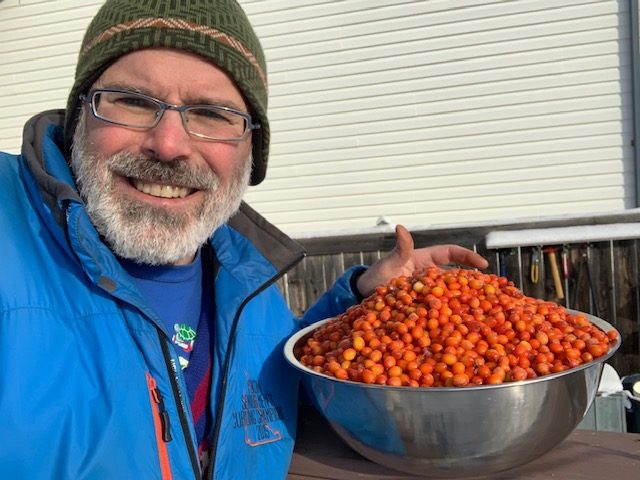

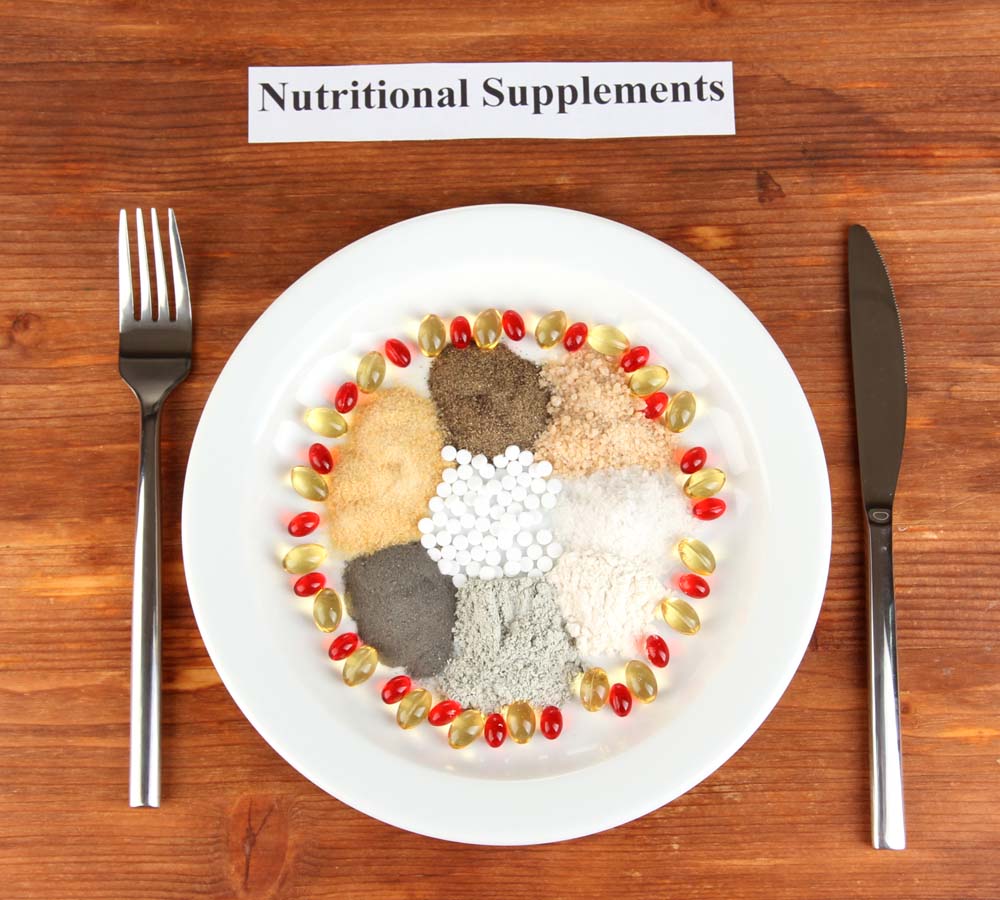
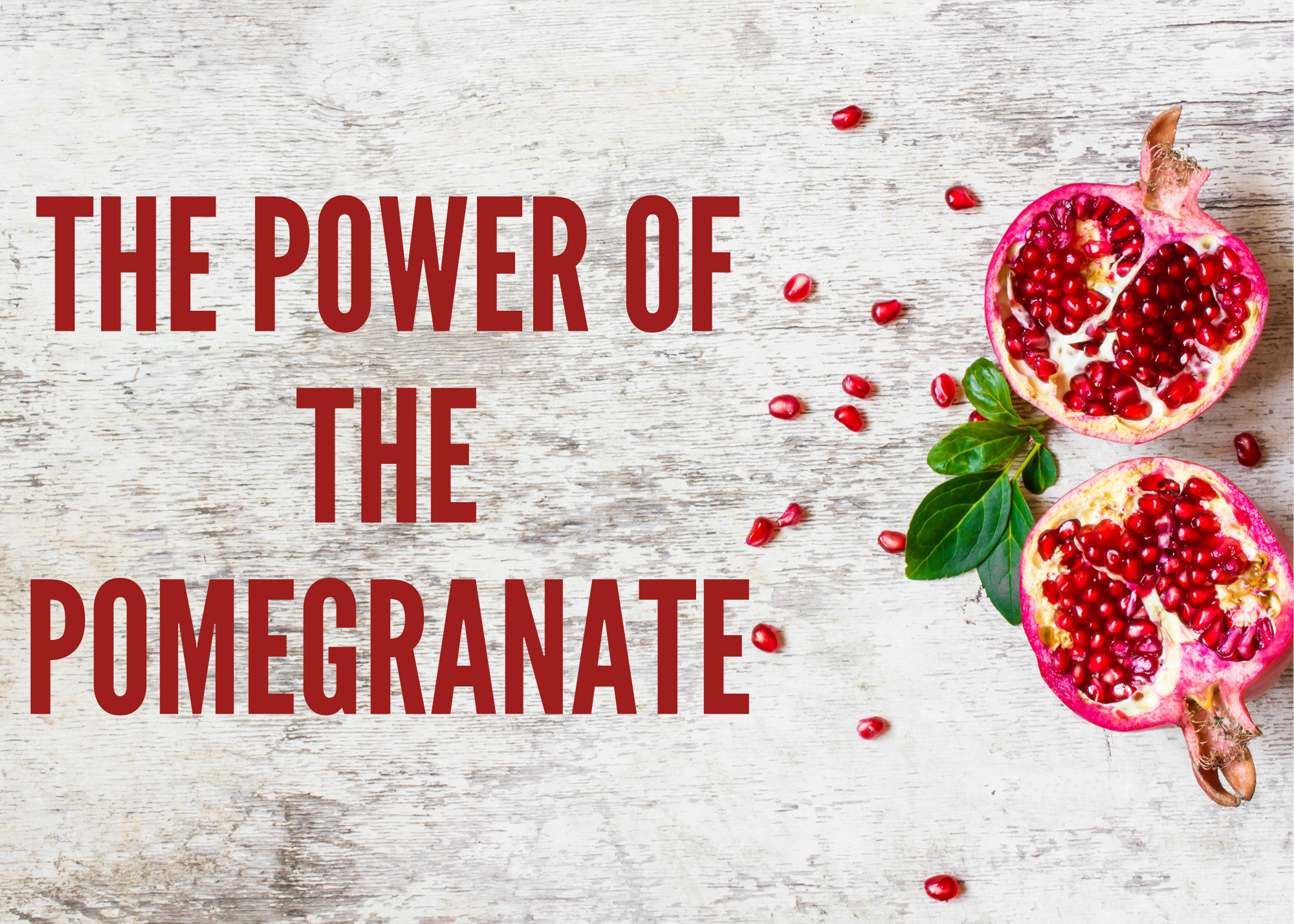
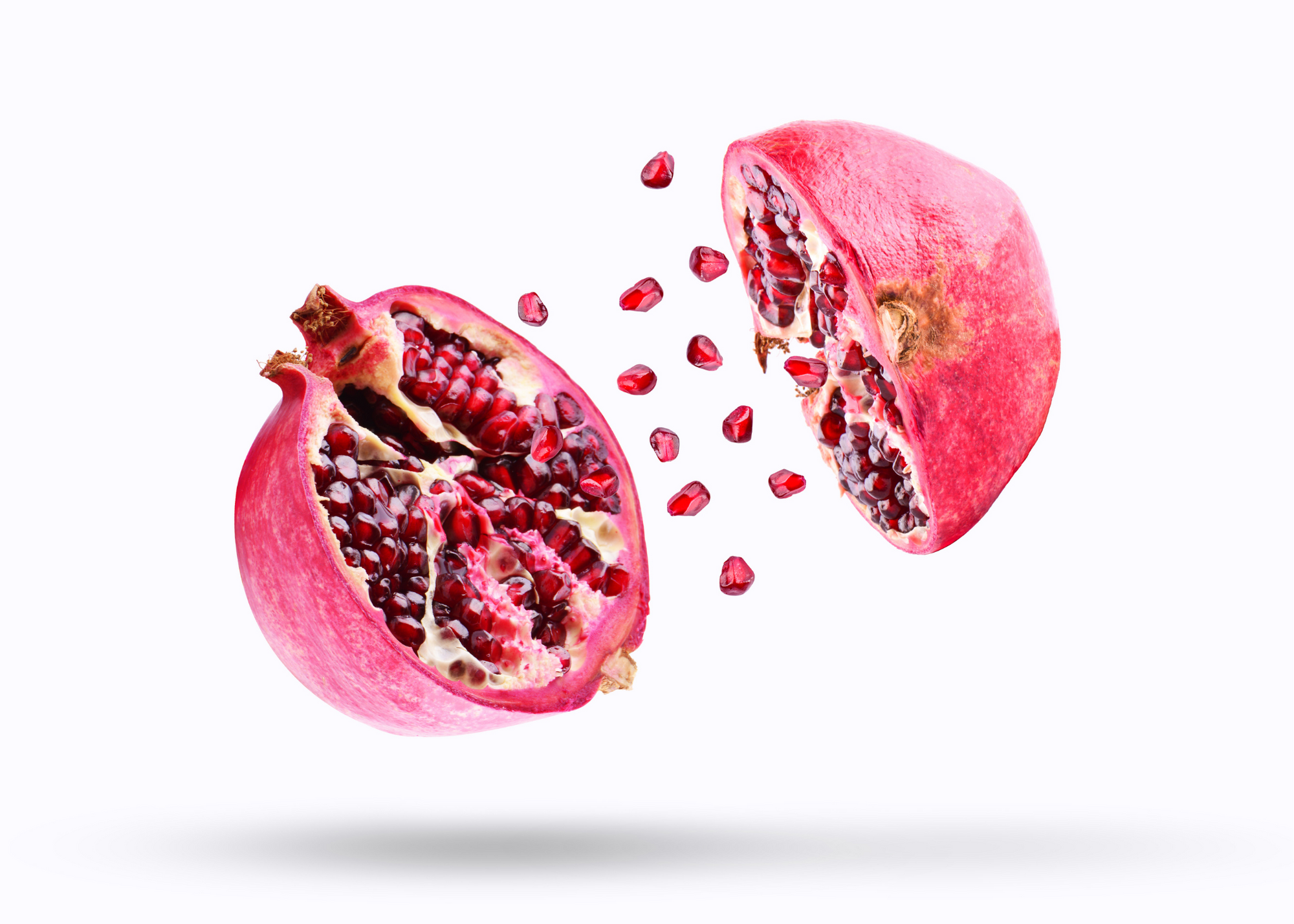
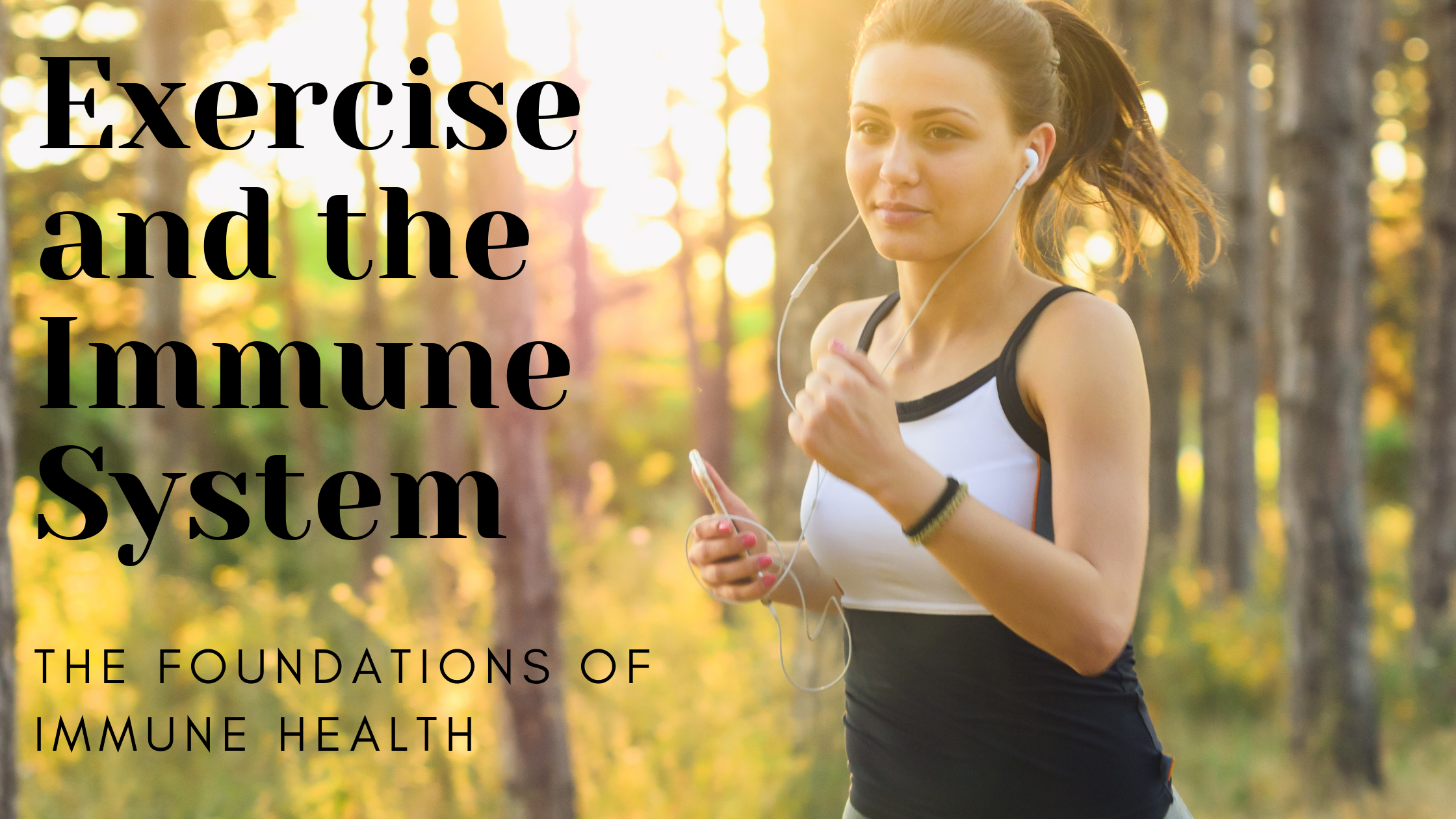
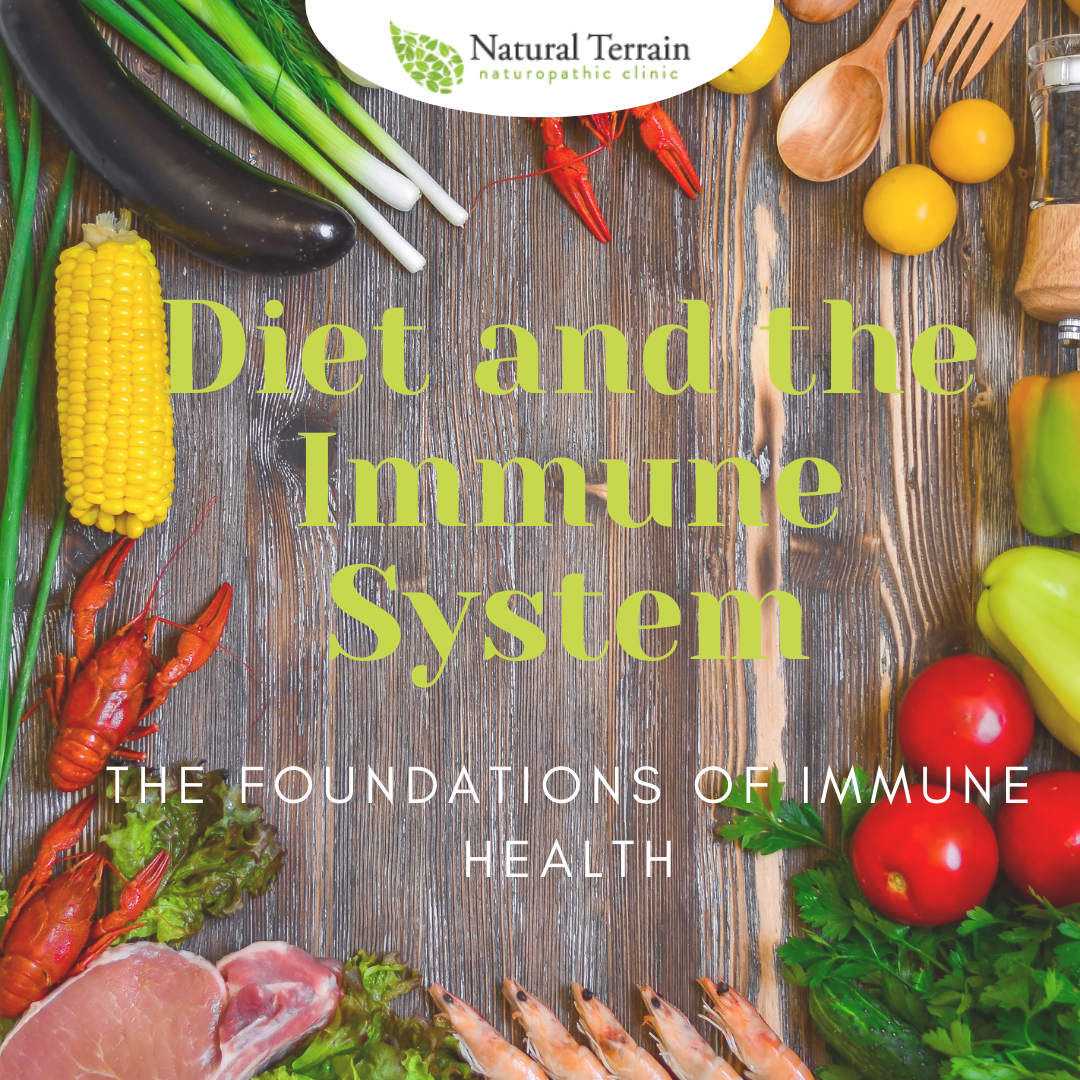
 Vegetables are dense in nutrients. They can help provide your body with different vitamins and minerals. Fruits and vegetables have antioxidant properties which help to reduce damage to our cells and optimize the immune system. Almost all vegetables and fruit have benefits to the immune system. Some examples of particularly great immune supporting fruits and vegetables are; berries, spinach, citrus fruits such as oranges, grapefruits, lemons and limes and cruciferous vegetables, such as broccoli, cauliflower, Brussel sprouts, cabbage and arugula.
Vegetables are dense in nutrients. They can help provide your body with different vitamins and minerals. Fruits and vegetables have antioxidant properties which help to reduce damage to our cells and optimize the immune system. Almost all vegetables and fruit have benefits to the immune system. Some examples of particularly great immune supporting fruits and vegetables are; berries, spinach, citrus fruits such as oranges, grapefruits, lemons and limes and cruciferous vegetables, such as broccoli, cauliflower, Brussel sprouts, cabbage and arugula. There are a lot of great spices out that don’t just add a bunch of flavour to your meals, but they also have immune-supporting effects. Garlic has a lot of antimicrobial properties that assists the immune system in preventing you from getting sick. Turmeric is highly anti-inflammatory and is a good antioxidant. Ginger is also good for bringing down the inflammation. These foods will help to improve your immune function. Try adding at least one to every meal.
There are a lot of great spices out that don’t just add a bunch of flavour to your meals, but they also have immune-supporting effects. Garlic has a lot of antimicrobial properties that assists the immune system in preventing you from getting sick. Turmeric is highly anti-inflammatory and is a good antioxidant. Ginger is also good for bringing down the inflammation. These foods will help to improve your immune function. Try adding at least one to every meal.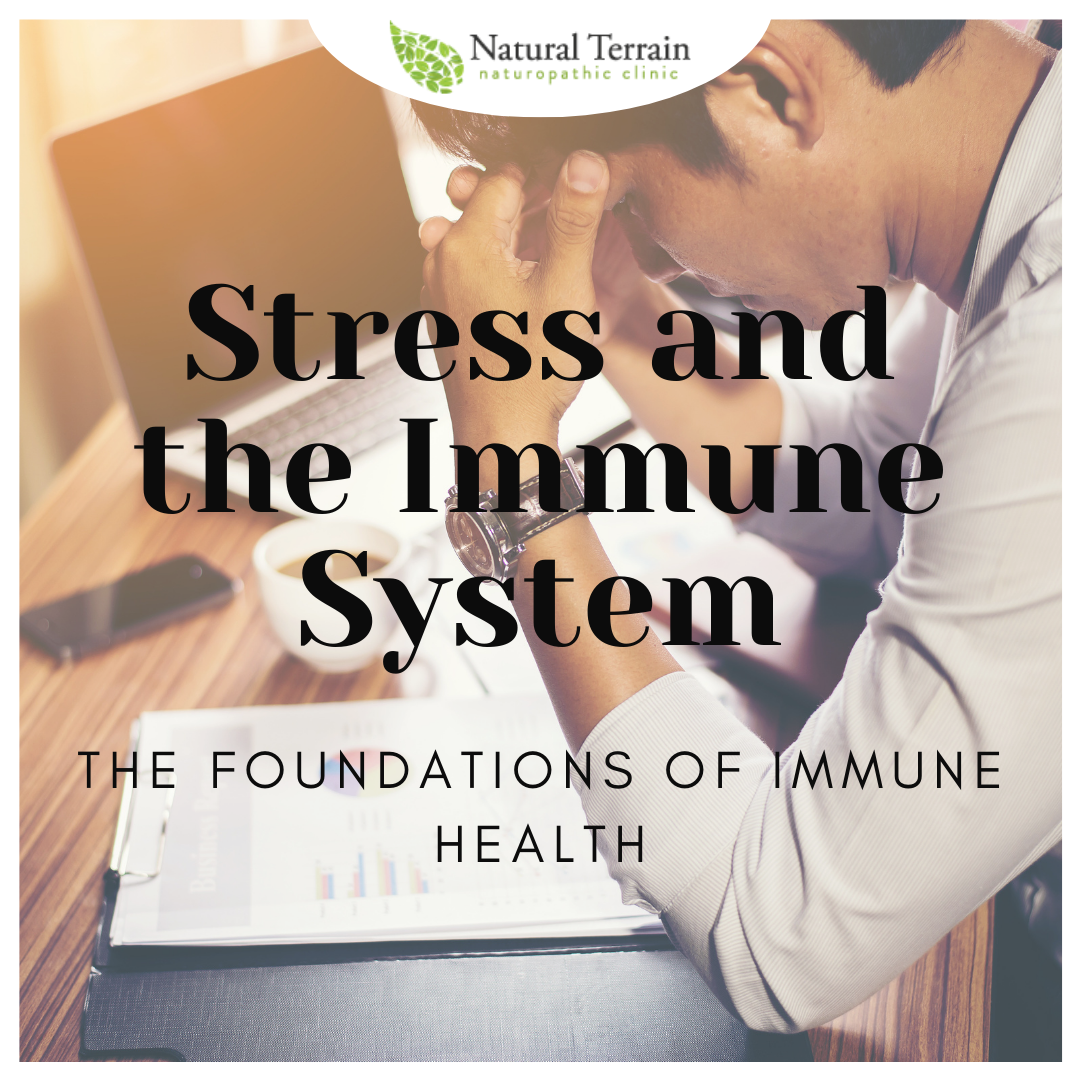 Our immune systems are changeable and adaptable. What we do, how we live and what we think plays a direct impact on our immune systems. Because of this, working on the foundational building blocks of the immune system is important in preventing illness.
Our immune systems are changeable and adaptable. What we do, how we live and what we think plays a direct impact on our immune systems. Because of this, working on the foundational building blocks of the immune system is important in preventing illness.